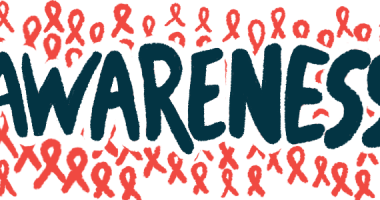Telehealth Helped in Therapy Sessions With CMTX Patient Suspected of COVID-19

Telemedicine is valuable for continuing physical therapy with people unable to travel or affected by the ongoing pandemic, according to researchers who used it to help a man in Italy, the first known case of a Charcot-Marie-Tooth (CMT) patient suspected of having COVID-19.
Their report, “The suspected SARS-Cov-2 infection in a Charcot-Marie-Tooth patient undergoing postsurgical rehabilitation: the value of telerehabilitation for evaluation and continuing treatment,” was published in the International Journal of Rehabilitation Research.
The current pandemic has forced people to quarantine at home in various countries, in attempts to contain the spread of infection. As a consequence, physical therapy and other treatment sessions were interrupted for many patients.
Healthcare systems had to adapt to provide necessary care while observing social distancing. This is where telehealth has come in handy. Patients are now, on scales not seen previously, able to contact their doctors via videoconference for physical and mental health consultations, or participate in physical or occupational therapies without leaving their homes.
Researchers at the University of Genova reported on the use of telemedicine to continue rehabilitation therapy in a patient with CMT type X who had undergone hand surgery, but whose in-person sessions were suspended when Italy began a nationwide lockdown on March 9.
The 28-year-old man underwent a tendon transfer surgery in his left hand, from the ring finger to the thumb, in December 2019. Hand rehabilitation was initially given three times a week, but suspended on March 4.
At that time, his thumb movements were almost normal and surgery scars had healed, but he still lacked hand dexterity and strength.
Two days after his sessions stopped, he reported that his wife began to show flu symptoms, with fever and a mild cough.
On March 8, he too began feeling ill, with a headache, constant leg pain, and fever. His fever rose the next day, and his leg pain worsened over the following three days. However, he did not have any major respiratory symptoms.
His temperature returned to normal two days later, although the mild cough remained and he still had no sense of smell or taste.
Based on his and his wife’s symptoms, a diagnosis of probable COVID-19 infection was made. A definite SARS-CoV-2 test was not possible due to the lockdown.
One week after his near-total recovery, the patient restarted with physical therapy via telehealth, for a total of eight remote sessions over four weeks, each lasting one hour.
Sessions were conducted by a physiotherapist who guided the man through a series of exercises, both those already known and new ones that were demonstrated via video.
For dexterity exercises, he was asked to perform daily life activities, such as tying shoelaces or cutting with scissors.
Hand dexterity and strength were remotely evaluated each week using the thumb opposition test and exercises.
As early as the first session, the patient showed no signs of worsening caused by his infection.
“This suspected and probable COVID-19 infection in our patient affected by CMT1X did not cause any appreciable deterioration in the neuromuscular ability or worsening of the neuropathic deficits,” the team wrote.
Treatment continued remotely twice a week for a total of 16 physiotherapy sessions, after which the patient was given a video link for maintenance exercises. Once the COVID-19 emergency resolves, he was set to be assessed at his outpatient clinic.
“This case report demonstrates that remotely supervised home rehabilitation could be a solution when patients must be isolated, whether for infection or other condition, allowing continued rehabilitation despite social confinement,” the team wrote.
While “telerehabilitation offers an opportunity for the future development of novel ‘at home strategies,'” the researchers wrote, validated tools are needed to help evaluate patients’ progress in the home.
“These should be simple to use and easy to connect to a remote system capable of rapidly transferring data to rehabilitation professionals,” they concluded.





